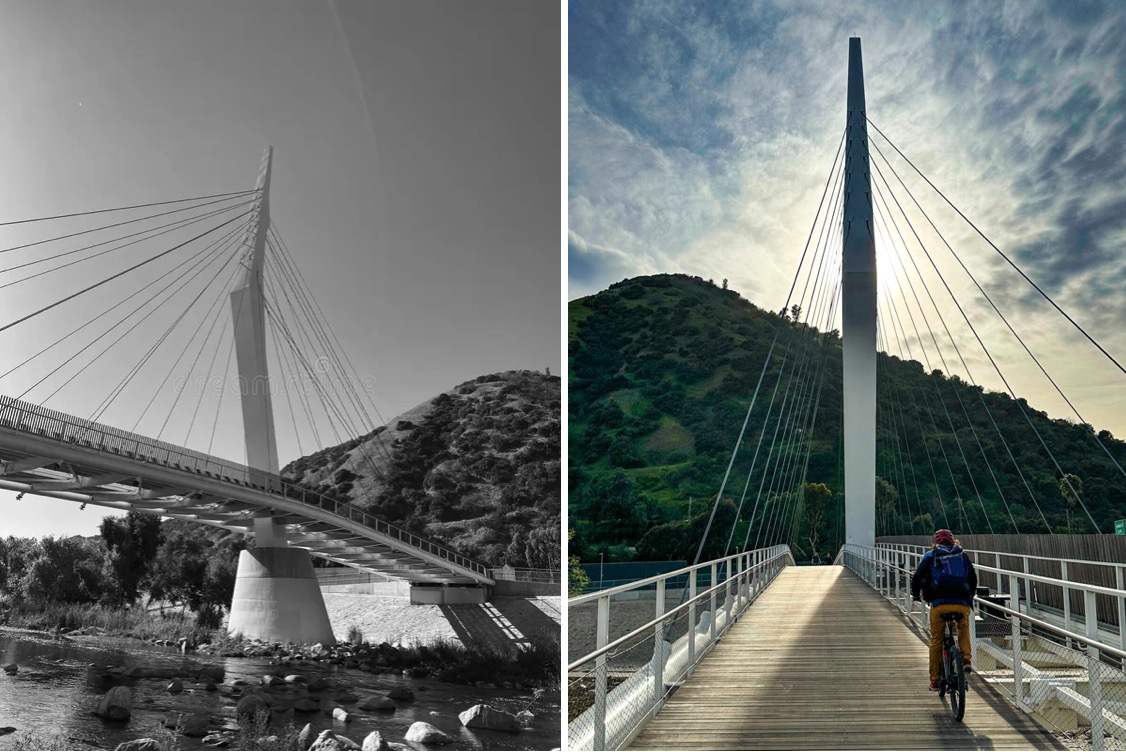Comments
GUEST COMMENTARY - While Los Angeles officials feverishly scramble to trim the crushing city budget, now facing a $1 billion shortfall, it is fitting to focus on a wasteful anachronism known as the Department of Public Works—a leftover structure outmoded by time.
Initially, Public Works was a reasonable concept, a place to house all city physical infrastructure projects by forming one entity with multiple obligations. But, with age, it became a colossal body that vainly oversaw tasks ranging from construction of bridges to wastewater treatment plants, graffiti removal, trash collection and streetlight maintenance.
Throughout the years Public Works grew massive and far reaching, meandering beyond its original duties. It is now encumbered with numerous intriguing chores, such as the search for strategies to help rebuild the economy, reduce inequality, and address climate change.
In truth, hampered by the burdens produced by growth and complexity, this monolithic department has failed to keep up with today’s demanding challenges and must, in all cases, be broken up and divided into specialized areas of expertise.
Other governmental bodies recognized the need for transformation and acted early on. A public works department was created by the Federal Government in the eighteenth century to build a national road to Ohio, but later decided to depend on multiple, discrete departments specializing in transportation, general services, and other public infrastructure tasks. Likewise, California followed suit and turned to smaller, specialized groups, doing away with a department of public works it had created in the 1850s.
Redefining public works has been voiced before, with concerns directed at its paid commissioners. All other city and county commissioners receive no payment for public services provided. Further, the paid Los Angeles Public Works Board is generally comprised of community organizers, social workers, advocates for numerous public causes, and ardent political hacks who are viewed as patronage appointees. Hence, they do not have the technical knowledge, expertise and experience to oversee multi-million-dollar construction projects that frequently come in late or over budget and add heavily to the cost.

For example, the La Kretz Bridge, part of the Los Angeles River Revitalization Project, had a cost estimate of $4.67 million yet ended up with a $16.1 million price tag. Public Works cost estimates are outdated and regularly inaccurate, forcing other city agencies to reject bids, thus punishing contractors who had spent thousands of dollars to prepare them. I served under Mayors Antonio Villaraigosa and Eric Garcetti as their unpaid "czar" to oversee numerous public mega- projects, witnessed firsthand the technical irregularities and management anomalies, and verified the necessity for immediate changes in public works.
Mayor Richard Riordan had pledged to abolish the Public Works Board to save money. He had asked the commissioners to effectively work themselves out of a job and had planned to eliminate over $5 million from the budget. Unpaid volunteers would replace them. But the action required the approval of the City Council, which rejected his proposal much like it had done in the past, yielding to special interests.
Some immediate fixes can begin with the shifting of the Bureau of Street Lighting (BSL) to the Los Angeles Department of Water and Power (LADWP), merging the Bureau of Street Services (BSS) with the Department of Transportation (LADOT), and launching a profound appraisal of public works to redefine its goals and responsibilities.
Facing today’s enormous fiscal dilemma, this City Council can renounce past imprudent actions, display fortitude and wisdom and establish a different, more rational outcome by restructuring public works, the elephant in the room.
(Nick Patsaouras is former president of the Southern California Rapid Transit District, former member of the Metro board, and former president of the Los Angeles Department of Water and Power board.)














